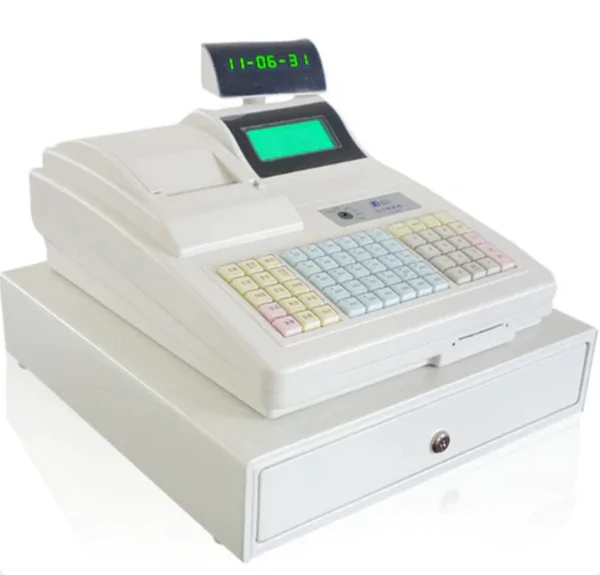How To Use An Electronic Cash Register Machine Step By Step

When James Ritty invented the cash register, he never imagined it would become a symbol of commerce. And it is that the electronic cash register is handy, especially in stores and businesses open to the public. After all, an electronic cash register not only do mathematical calculations -such as a 20% discount or the calculation of taxes- but also record the sales of the day, issue invoices and compile the incoming movements by month, quarter, semester or anus.
Electronic cash registers, also known as P.O.S., point of sale terminals or Point of Sales- are used in most businesses, especially grocery stores, restaurants, pastry shops and any other company in the retail sector.
How to use an electronic cash register?
This will depend on the type of electronic cash register machine. And it is that, leaving aside the year -an essential factor- the cash registers differ from others by the model, the brand and even the town where they operate.
Remember that the tax laws are different in each country and could require manufacturers to incorporate specific options in the machine to comply with the applicable regulations, such as the calculation of different percentages of value-added tax (V.A.T., ISVA, I.G.V., etc.), the breakdown of the purchase by item, among others.
In addition, some electronic cash registers are very simple and only have basic options -sales registration and daily closing- while others incorporate a whole range of tools that allow the merchant to analyze their monthly sales, add the total sales for the month, etc. These calculations are possible because the most recent models include specific improvements, such as a storage memory that can record movements for 5-10 years, depending on the manufacturer.
Steps to operate an electronic cash register
While all electronic cash register has their differences, they also have similarities that make operating them more accessible than you might think:
Prepare the cash register.
Plug the electronic cash register into the power outlet. Consider that many models turn on automatically, but others require manual ignition either with a switch -or power button- or by pressing the “CASHIER” key.
Check if you have printing paper.
You may have to disassemble the casing or lid to ensure this. Most models snap apart and use two rolls of thermal tape: one to print the invoices you give to customers and another to issue a copy or backup.
Check the ink ribbon
The paper ribbons used by electronic cash registers are usually thermal. That is, they do not need ink. But some models operate with ink ribbons similar to fax machines. So if your device uses ink, check that there is enough.
Record sales
Once you’re familiar with the electronic cash register, you’re ready to record sales! Although each model is different, most cash registers work in the following way:
- First of all, personalize the receipt or invoice. To access the customization menu, press “ALT NVL + F1”.
- Enter the buyer’s data: name, I.D., telephone, and address. Record each data with the QWERTY keys and press “ENTER” or “TOTAL/EFECT” when finished.
- Use the number pad to enter the amount of the sale. Please verify this before proceeding, as the cash register override system is unwieldy.
- Find the inventory category the product belongs to and tap it.
- If there are no more products, register the payment method. Otherwise, press “SUBTOTAL” and continue with the entry of the products.
Register the payment method.
The electronic cash register has different payment options: cash, check, debit and credit. However, most devices only share two keys: “Credit/Ticket” And “Total/Cash”. After registering for the sale, click on the key related to the payment method. The invoice will automatically be printed, and the cash drawer will open to store the bills or the point of sale receipt and give the change.
Remember: This step-by-step may change depending on the model of the electronic cash register machine. Be sure to read the manual before you start using it.




